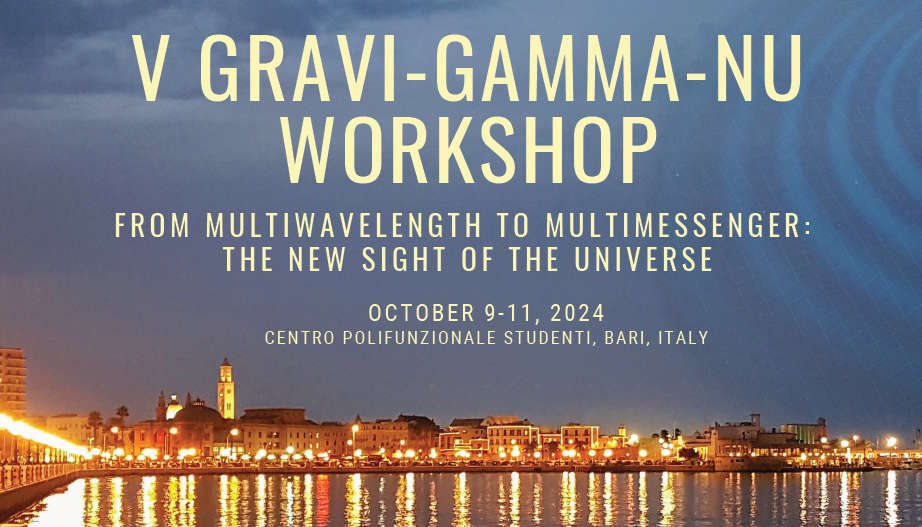Speaker
Description
The observation by the LHAASO Collaboration of the gamma-ray burst GRB 221009A at energies up to (13-18) TeV challenges conventional physics. This GRB originated at redshift z = 0.151, whence emitted photons at energies above 10 TeV are hardly observable on Earth due to their interaction with the extragalactic background light (EBL) photons. Indeed, if the most recent and accurate EBL model to date by Saldana-Lopez et al. is considered, we show that the LHAASO Collaboration should not have detected photons from GRB 221009A with energies above 10 TeV. Therefore, the Universe is too opaque, and a higher Universe transparency appears as necessary. We also demonstrate that the inclusion of the interaction of photons with axion-like particles (ALPs) solves the problem reducing the effective EBL absorption to a level able to explain the LHAASO detection. ALPs are particles predicted by string theory and among the best candidates for dark matter. In the presence of external magnetic fields ALPs produce spectral and polarization effects on astrophysical sources. The explanation of the GRB 221009A detection thanks to the photon-ALP interaction inside the encountered magnetized media represents a strong indication of ALP existence in addition to two previous hints arising from blazars, which are a class of active galactic nuclei. A final answer about ALP existence will be obtained in the near future thanks to new data from observatories such as ASTRI Mini-Array, CTAO, LHAASO and like AMEGO, COSI, IXPE.

